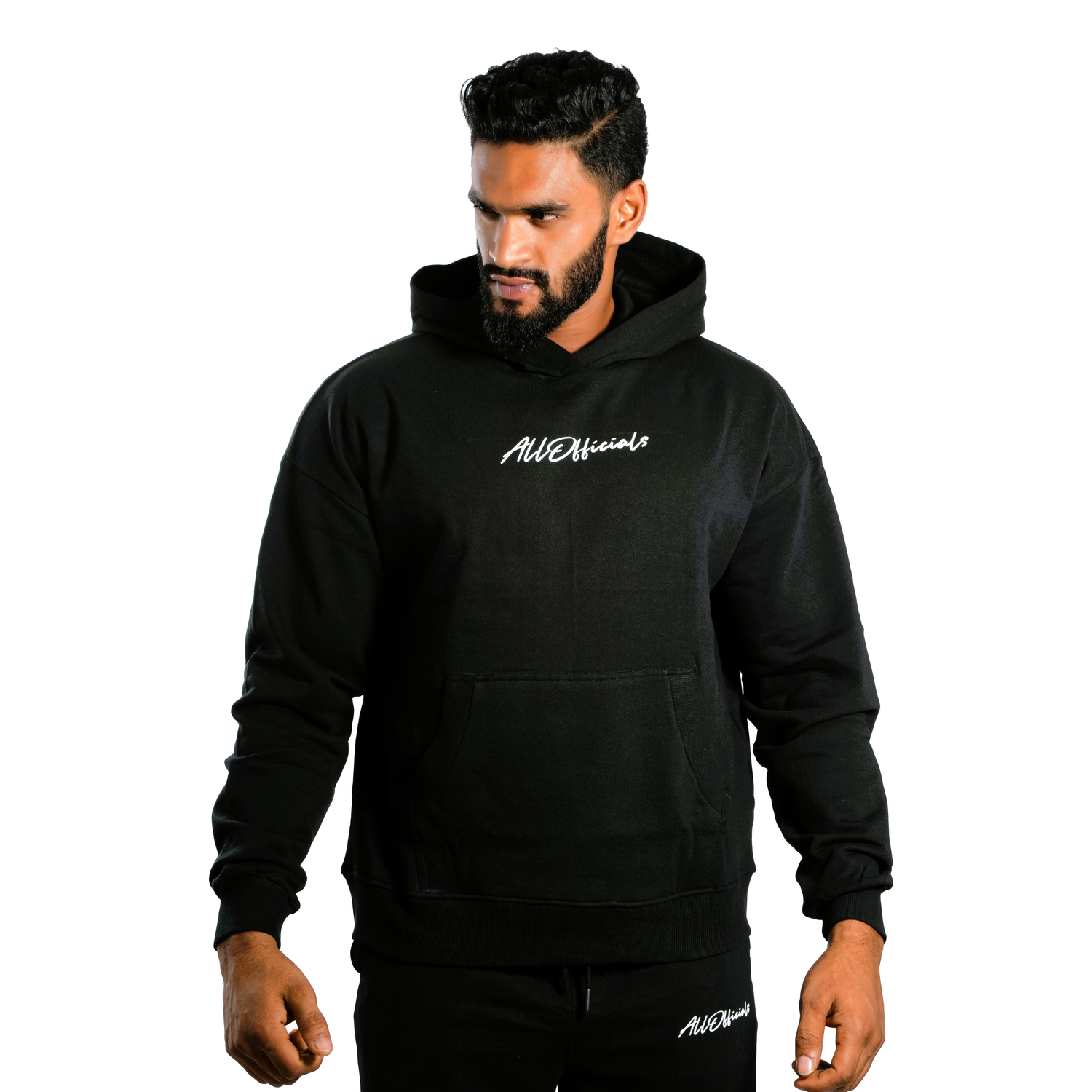If you’ve been in a gym lately, or even just scrolled through Instagram reels of fitness influencers, you’ve probably spotted it. That sleek, body-hugging gear that looks like a second skin. People call it compression wear. But really… what is compression wear?
At its simplest, it’s clothing designed to squeeze. Not in an uncomfortable way, but in a supportive, hold-everything-in-place sort of way. The idea is that gentle pressure on the muscles can improve blood flow, reduce fatigue, and maybe even speed up recovery after workouts.
Now, what is compression wear? Is it a magic fix? Probably not.
But there’s something about slipping into a compression t-shirt or leggings before training that just feels different. Your body feels a little more “switched on.” Movements can feel sharper. And when you’re done, recovery may not feel as brutal.
That’s why compression wear has moved beyond pro athletes. Every day, gym goers, runners, weight lifters, and even people who just like the streamlined look are picking it up. It’s as much a fashion statement as it is a performance tool.
Types of Compression Wear
Here’s the thing. Not all compression gear looks the same. And not all of it serves the same purpose. When people say types of compression wear, they’re talking about categories that target different muscle groups.
There are compression t-shirts, snug across the chest and shoulders, offering support through push-ups, presses, and pulls. Then there are leggings, which runners swear by because they hold the thighs and calves steady over long distances. Shorts exist, too, for lifters who want stability without the heat of full leggings.
Socks and calf sleeves? They’re a staple in the running world. They may reduce shin splints or calf cramps. Arm sleeves? Basketball players and weightlifters love them because they can cut down fatigue in the biceps and forearms. And then you’ve got full suits. Less common, yes, but used in pro cycling or recovery rooms where whole-body pressure makes sense.
Each of these pieces fits into the same family, but the experience is slightly different. Some are for performance, others for recovery, and some are honestly just for the aesthetic.
Benefits of Compression Wear
Let’s not oversell it. Compression wear benefits can vary from person to person. Some people swear by it. Others just like the way it looks in the mirror. But here’s what the science, and anecdotal gym chatter, suggests.
Circulation might improve when muscles are gently squeezed. That means oxygen gets delivered faster, and lactic acid may clear more efficiently. Less fatigue. Less soreness.
Muscle vibrations? Those tiny shakes that happen when you run or lift heavy. Compression gear stabilises things, which may cut down micro-damage. The result could be fewer aches later.
There’s also recovery. One of the big advantages of compression garments is post-workout healing. Wearing them after training may reduce swelling and help muscles bounce back quicker. Not overnight magic, but noticeable for people training multiple days in a row.
And then there’s the comfort factor. Sweat-wicking fabrics. Breathability. No loose hems flapping around. Everything feels streamlined. In weight training, especially, that matters. Compression wear for weight training is becoming more popular because lifters appreciate stability during squats or deadlifts.
‘What is compression wear?’ has been established, so are its benefits understood. Some feel stronger, some just feel tighter. But across the board, it’s fair to say compression wear has enough going for it that it’s more than just hype.
How to Choose the Right Compression Wear
Standing in front of a rack full of compression gear can feel overwhelming. Do you grab the leggings? The top? The sleeves? Or skip it altogether?
What is compression wear if not compressed the whole body, and gives it a snatched look!
Fit is the first thing. It should feel snug, like a firm hug. Not suffocating. If you’re losing circulation, it’s too small. If it’s loose at the seams, it’s too big.
Then, think about the activity. Runners may prefer leggings or socks. Lifters might lean toward a compression t-shirt or shorts. People doing HIIT often go for a mix of top and bottom so everything feels contained.
Fabric matters too. Most gear is a blend of nylon and spandex. Some include mesh for extra breathability. Pay attention here, because cheaper fabrics may stretch out too quickly or trap heat.
Seasonality plays a role. Lightweight compression gear can work in summer. Thicker fabrics or layering may be better in winter.
And, honestly, style is part of the choice. Some wear compression because it looks sleek. It can highlight muscle definition. It can make you feel sharper before you even start training.
Myths & Facts About Compression Wear
‘What is compression wear?’ has plenty of myths floating around. Let’s tackle a few.
“Compression is only for athletes.” Not really. While pros adopted it first, compression wear for men (and women) is now widely available. Students wear it, weekend warriors wear it, even office folks wear compression socks on long flights.
“The tighter, the better.” Wrong. Too much tightness actually cuts circulation and can backfire. The right fit is snug, not strangling.
“It’s just fashion.” That’s half true. It does look good. But the functional side, circulation, recovery, can’t be ignored.
“Can I wear compression every day?” This one comes up a lot. The short answer is yes, you can. Many people wear it for travel, for long desk days, and for recovery. As long as it’s comfortable and you’re not in extreme heat all the time, daily wear isn’t an issue.
Where to Buy Gym Compression Wear in India?
In India, the options are growing. Online platforms make it easy to order everything from a simple compression t-shirt to full leggings. But here’s the challenge: not all gear is equal. Some look great in photos but lose shape after two washes. Others are so tight they’re unwearable.
That’s why choosing a trusted source matters. At AllOfficials, we’ve built our compression wear line with performance and durability in mind. Indian sizing, breathable fabrics, and limited collections so your style feels unique.
Whether you want something purely for the gym or gear that crosses into athleisure, the range is designed to move with you, not against you.
Understood everything on what is compression wear. Awesome, here are some FAQs.
FAQ on What is Compression Wear
Is compression clothing only for athletes?
No. Athletes may have popularised it, but gym-goers, runners, and even office workers now use compression for support and recovery.
How tight should compression wear fit?
It should be snug but comfortable. Think supportive, not restrictive. If it cuts into your skin, it’s too small.
Does compression wear help in muscle recovery?
Yes. It may reduce soreness and inflammation, which can speed up recovery. That’s why so many athletes wear it even after training.
Can I wear compression everyday?
Yes. Many people do. It may help with posture, circulation, and fatigue, especially during travel or long sitting hours.
Are compression shirts and leggings good for the gym?
Definitely. They wick sweat, keep muscles stable, and may make you feel more put-together during workouts. That’s why compression wear for weight training is so popular now.
Final Note
So, what is compression wear in the bigger picture? It’s part science, part fashion, part psychology. It may help circulation, reduce fatigue, and speed recovery. It can also make you feel sharper, more athletic, even before the workout begins.
From the different types of compression wear to the wide range of compression wear benefits, it’s clear why this gear has stuck around. Some people buy it for performance. Some for recovery. Others just because it looks good. And maybe that’s the point — compression wear fits into multiple stories, depending on who’s wearing it.
What is compression wear, and compression wear benefits have a huge range, like lifting heavy, running far, or just wanting that clean, fitted look.


